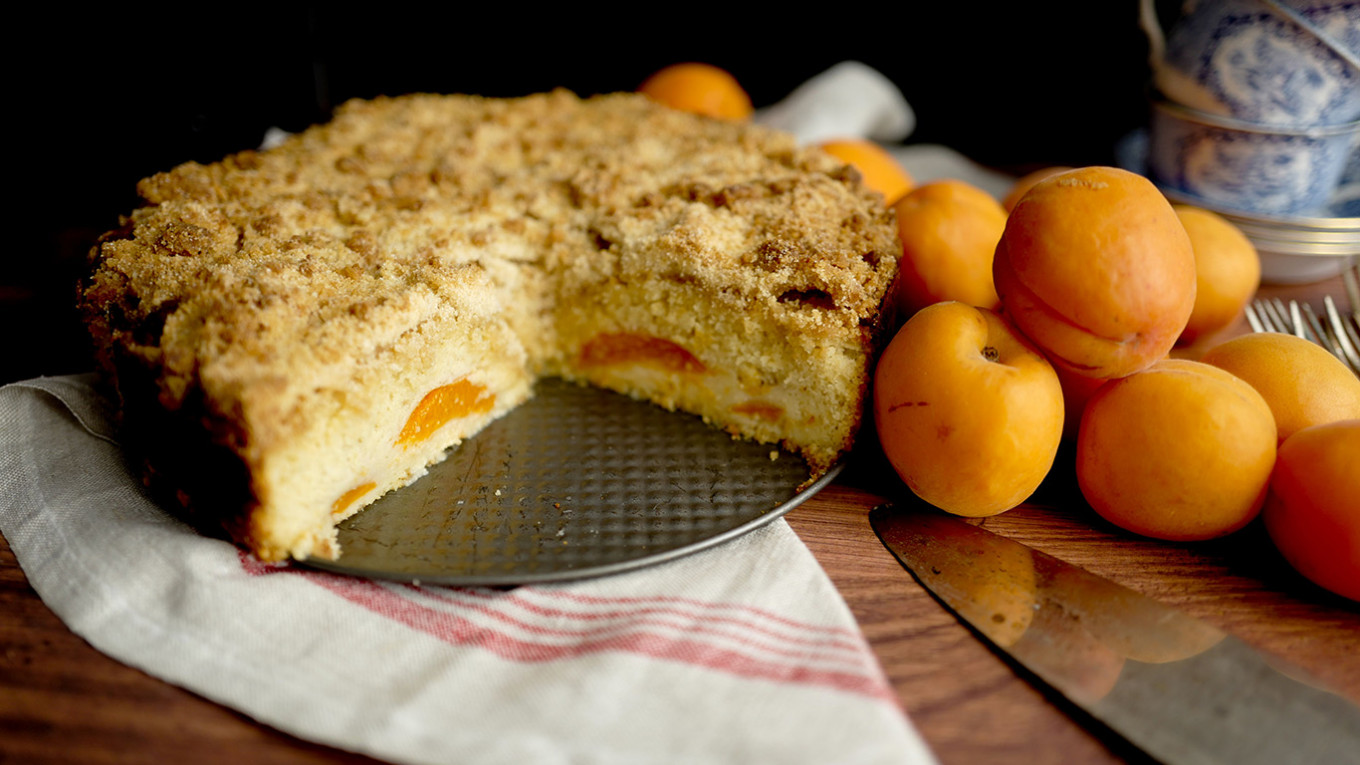Expats develop oddly obsessive attitudes towards food. After a few months in a foreign country, spot something that screams “I’m from your home country!” on the shelves of a cash-and-carry and chances are you’ll scoop it up and carry it home regardless of whether you need it or even like it. In my Moscow flat, I’m blessed with that rare thing in Russian urban housing: a pantry. It isn’t sprawling, but its shelves are crammed with all kinds of culinary detritus I’ve pounced on and lugged home as a cat might a vanquished field mouse. Most of these items have already whooshed well past their sell-by dates, and yet I cling to them, although a battered box of microwave popcorn or a dusty tin of Heinz baked beans has no place in a kitchen where the primary focus is seasonal ingredients jazzed up with exotic unguents and spices from the Caucasus. But I find it wrenching to part with any talismans of home.
Perhaps this is the reason I took up cooking and food writing in the first place — to create touchstones of home. Or perhaps it’s actually a control thing: in a messy country where it is almost impossible to control anything — be it rush-hour traffic, the Byzantine bureaucracy, or the blinding blizzard of poplar spores that blankets the city at this time of year — the ability to recreate an iconic dish from another time and place assumes an almost magical aspect.
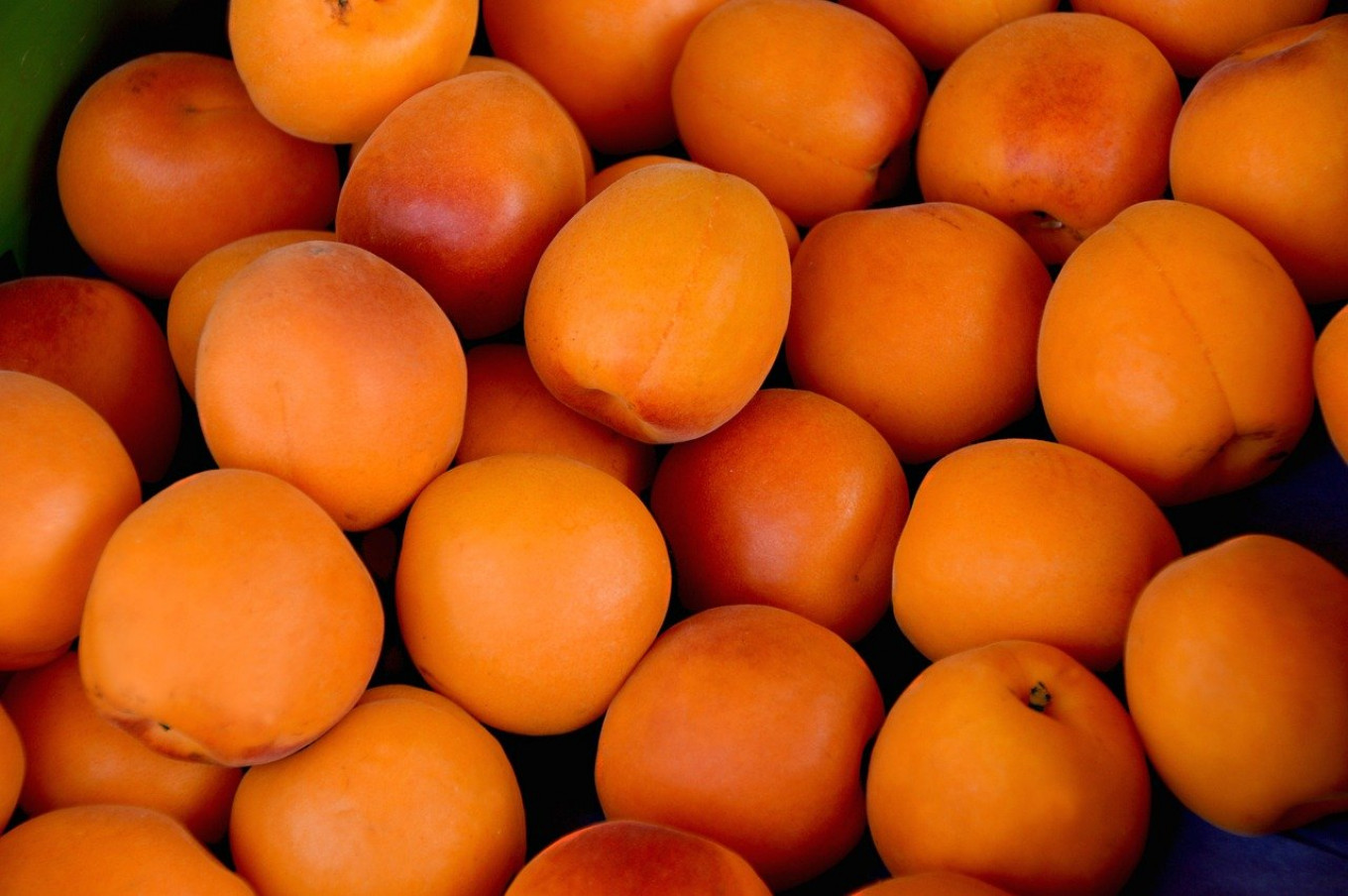
Becoming a parent raised these stakes. Bringing up a bi-cultural kid is a daunting prospect, particularly if you are the parent from the “other” culture. Throughout her childhood, I went to great lengths to ensure that my daughter enjoyed the benefit of both cultures, including cuisine, and the kitchen became the frontline of this battle. In a silent but deadly struggle to compete with Babushka’s borshch, I stayed up late to craft oversized, chewy, irresistible chocolate chip cookies (using M&Ms instead of the impossible-to-find chocolate morsels) for the annual “International Pot-Luck Lunch” at my daughter’s school. And if sticking little American flags into them garnered me the scorn of the Scottish Shortbread Mafia, I took solace in the stampede towards my offering and the speed with which my cookies disappeared.
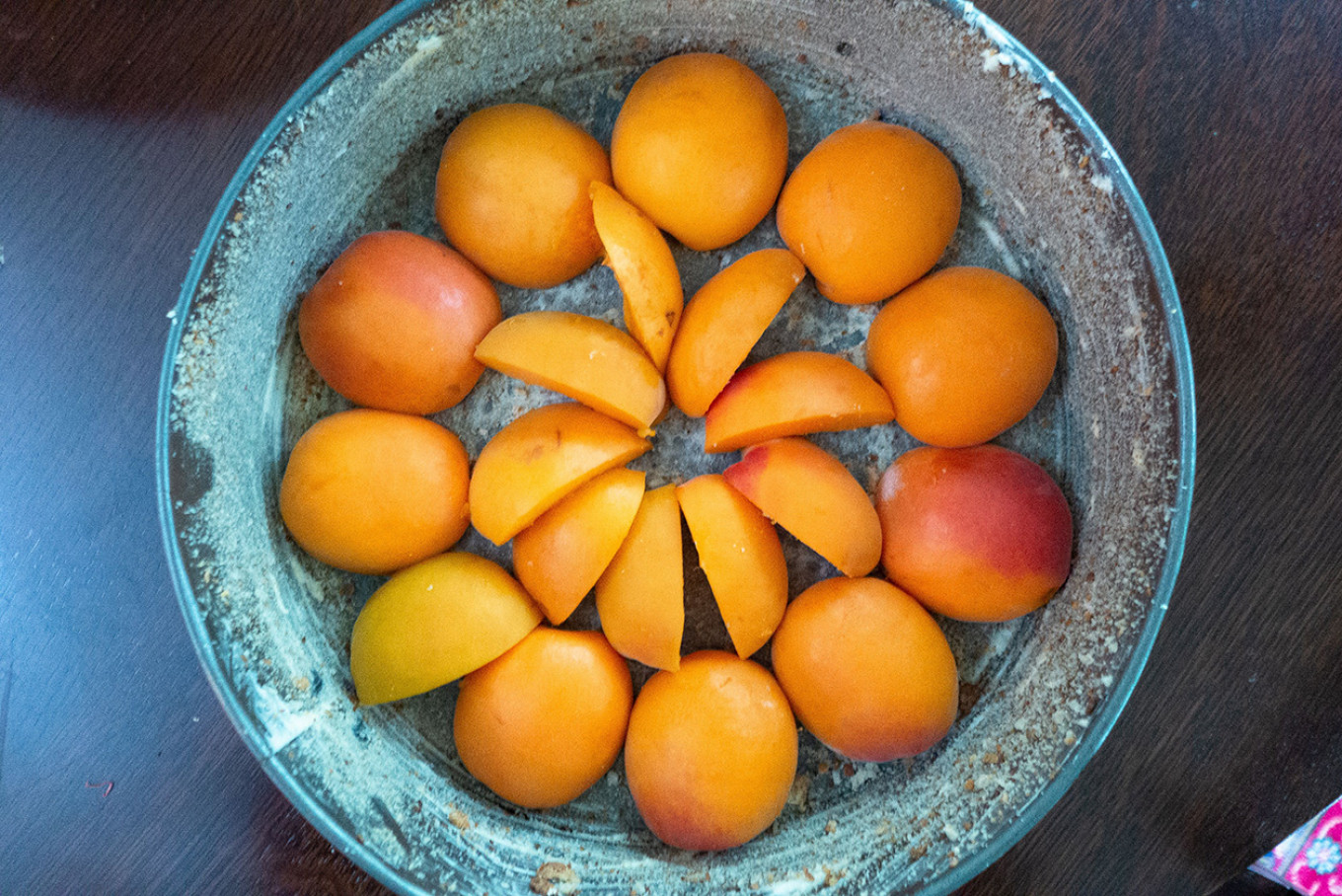
Time passed, and both Russia and I became more ecumenical about ingredients. And we crept closer as I developed recipes that melded my carefully hoarded ingredients from my old home with the expanding list of ingredients I found in my new one. Learning that essential rule of thumb in any country — eat enthusiastically whatever is in season — I was pulled inexorably into the powerful vortex of the Russian agricultural cycle. And what emerged was a set of hybrid dishes that melded the best of both worlds.
So it is with this week’s recipe. It began with a nostalgic yearning for classic American coffee cake, complete with streusel topping, but gradually incorporated other influences. Originally designed as the centerpiece of a leisurely brunch, this cake has become the quintessential sweet thing fit for any occasion, perfect for breakfast, a late-night snack, and almost anything in between. Over the years, the batter has become more lemony, and, influenced by one of my early Russian culinary discoveries — the sprawling dried fruit section of Danilovsky Market — it has morphed into more of a tea cake. In winter it is studded with rehydrated apricots, prunes, and cherries. During stone fruit season, it’s simply known as “the cake,” as fresh apricots, nectarines, and peaches each take their turn to headline in this addictive cake, which renders their flavors intense and their flesh delightfully jammy.
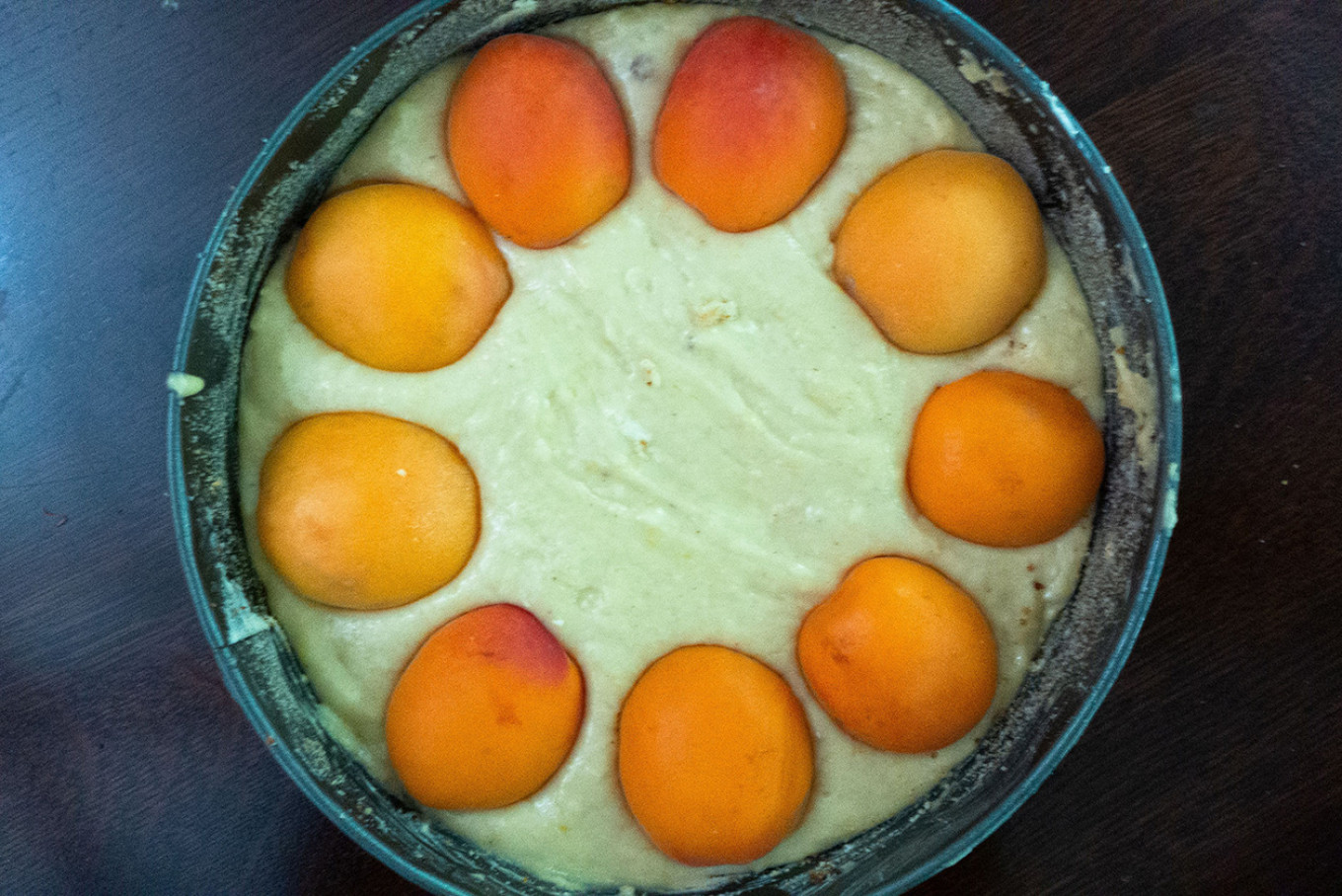
This is an easy cake to pull together — particularly if, like me, you keep a stash of streusel topping in your fridge (you do, right?). Substitute about a punnet of fresh berries for the stone fruit: blueberries, blackberries, and sweet pitted cherries, have all found their way into this cake with equal success. The secret ingredient is another Danilovsky Market staple: candied ginger, which gives the streusel topping an unexpected zing.
I’d be hard pressed to pick a single flag to plant in this cake. Its origins are German, its ingredients are Russian, and its raison d'être is American. Is there an expat flag?
Perhaps it’s time we invented one.
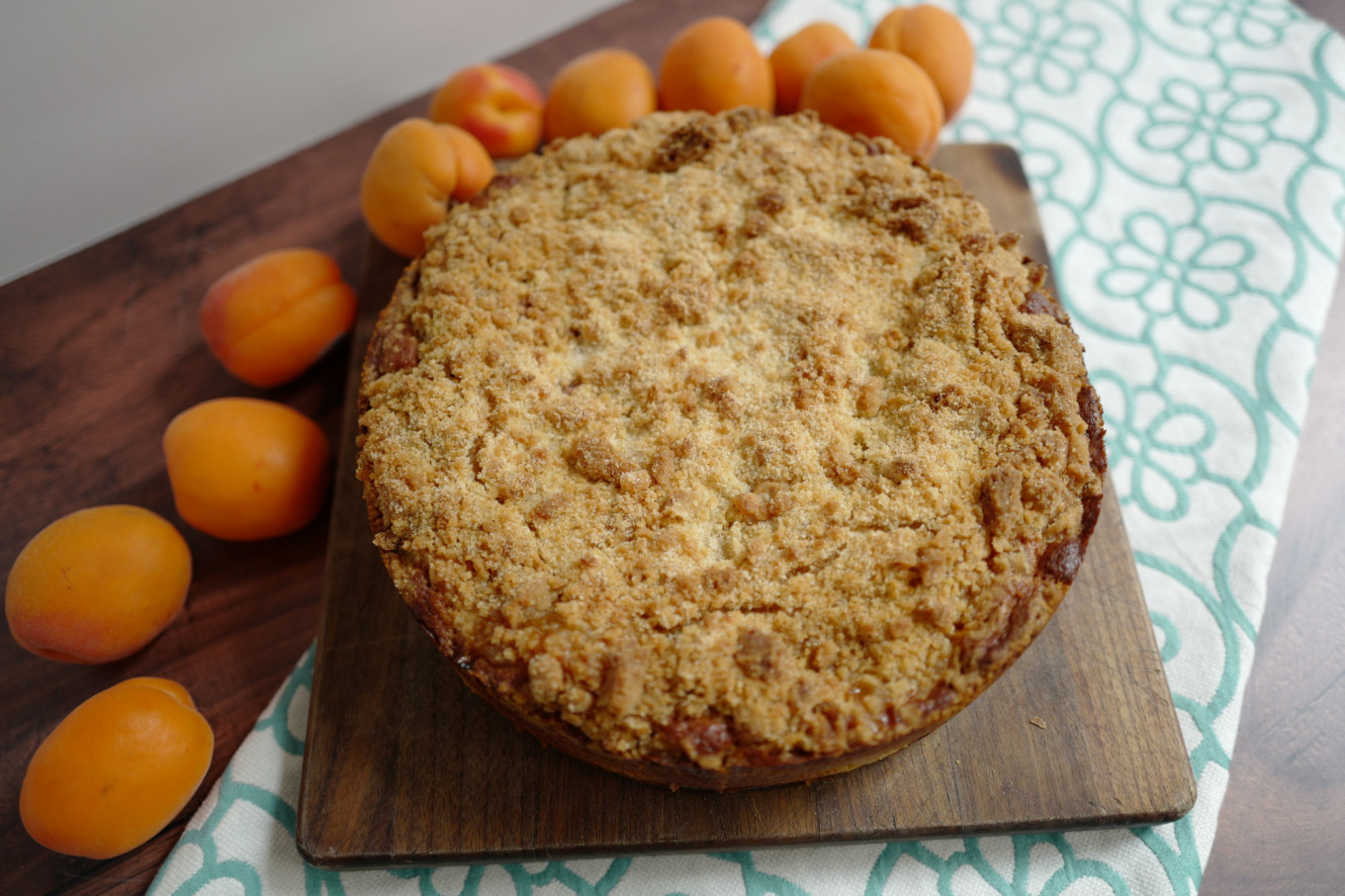
Apricot Cake
Ingredients
For the cake
- 8 Tbsp (118 grams or 1 standard stick) butter softened to room temperature, plus more for buttering the spring-form pan
- 2 Tbsp fine breadcrumbs (or flour)
- 2 ½ cups (590 ml) all-purpose flour
- 1 ½ tsp baking powder
- ½ tsp baking soda
- 1 tsp ground ginger
- 1 tsp salt
- 1 ¼ cup (300 ml) sugar
- 3 Tbsp lemon zest
- 3 eggs
- 1 tsp vanilla
- 1 cup (236 ml) milk at room temperature
- ⅓ cup (80 ml) lemon juice
- 12-14 ripe apricots, cut in half and stones removed
For the streusel topping
- ¼ cup (60 ml) butter, cut into small cubes, very cold
- ½ cup (125 ml) all-purpose flour
- 1 tsp cinnamon
- 1 tsp ground ginger
- ½ cup (125 ml) granulated (white) sugar
- ½ cup (125 ml) light brown sugar
- ⅓ cup (80 ml) candied ginger, finely chopped
Instructions
- Preheat the oven to 350ºF (180ºC). Butter a 10-inch (25-centimeter) spring form pan and dust with breadcrumbs.
- Make the streusel by cutting the butter into the remaining ingredients or pulsing everything in a food processor fitted with a steel blade. Refrigerate until use.
- Combine the milk and lemon juice together and set aside. Do not be alarmed if the milk curdles.
- Place the sugar and lemon zest in the bowl of a stand mixer and beat with the whisk attachment for 2-3 minutes until the zest and sugar are well combined.
- Sift together the flour, baking powder, baking soda, salt, and ginger.
- Switch to the paddle attachment of the stand mixer and add the butter to the sugar and beat until smooth. Add the eggs one at a time, then the vanilla.
- Add the flour mixture in three parts, adding half of the milk mixture between additions of flour. The batter will be thick.
- Add approximately one-fourth of the batter to the prepared spring form pan. Arrange the apricot halves on top of the batter, then cover them with the remaining batter. Top the cake with the streusel, pressing it briefly between your fingers to create small lumps.
- Bake for 1 hour and 15 minutes or until a wooden skewer tests clean. Allow the cake to cool for 1-2 hours before releasing it from the spring form ring.
- Serve plain or with ice cream.
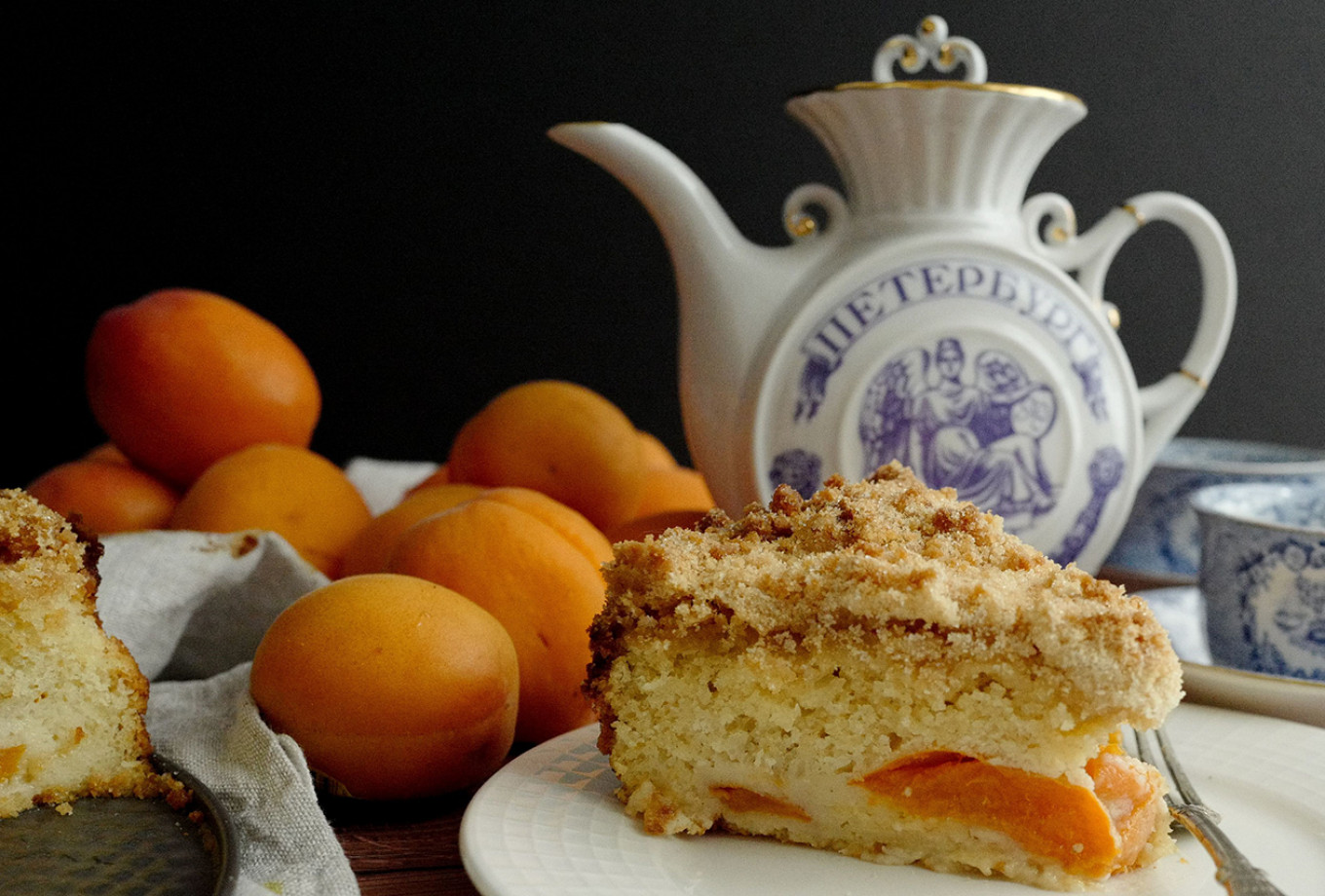
A Message from The Moscow Times:
Dear readers,
We are facing unprecedented challenges. Russia's Prosecutor General's Office has designated The Moscow Times as an "undesirable" organization, criminalizing our work and putting our staff at risk of prosecution. This follows our earlier unjust labeling as a "foreign agent."
These actions are direct attempts to silence independent journalism in Russia. The authorities claim our work "discredits the decisions of the Russian leadership." We see things differently: we strive to provide accurate, unbiased reporting on Russia.
We, the journalists of The Moscow Times, refuse to be silenced. But to continue our work, we need your help.
Your support, no matter how small, makes a world of difference. If you can, please support us monthly starting from just $2. It's quick to set up, and every contribution makes a significant impact.
By supporting The Moscow Times, you're defending open, independent journalism in the face of repression. Thank you for standing with us.
Remind me later.



